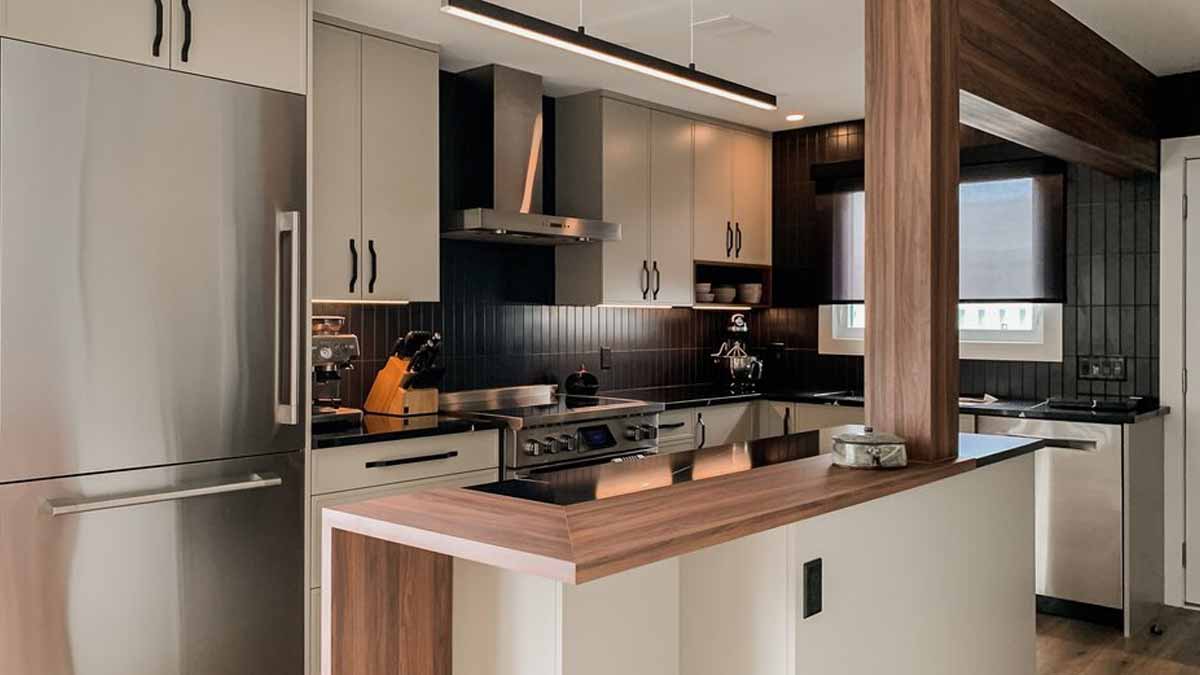Heat, not hum, explains kitchen costs. The appliance that runs daily is not always the one pushing your power bill higher. Electric ovens draw intense wattage, cycle hard to hold setpoints, and spill heat through small gaps. With a few habit changes and smart settings, you reduce waste fast, keep flavor high, and stop quiet leaks that turn weeknight cooking into an expensive routine. Small fixes start tonight, and their effects appear quickly on next month’s statement from your utility.
Why Your Oven, Not Your Fridge, Drives Costs
Electric ovens use more energy per session than refrigerators or dishwashers because cooking demands sustained high heat. Size also matters, since larger cavities need more watts to reach and maintain temperature. Conventional elements blast heat, while convection fans move air to cook evenly with lower setpoints and shorter times, which trims demand.
Because ovens aren’t airtight, heat escapes around the door and through vents; then the thermostat calls for another cycle. Newer models reduce losses with improved insulation and tighter seals. Older units often drift hotter than the display, which wastes energy and dries food. That overshoot burns electricity without improving taste or texture at all.
Design upgrades help timing as well. Faster preheat modes shorten warm-up, and steadier controls avoid wild swings. Even so, your choices drive the number that matters most on the power bill. One habit changes everything: how often you open the door. Each peek dumps heat, forces recovery, and stretches cook time, compounding costs.
How Calibration And Preheating Choices Cut The power bill
Start with the owner’s manual, which often clarifies whether preheating is essential. Many modern ovens stabilize quickly, so preheating adds little for casseroles or sheet-pan meals. Skipping it reduces idle time, limits heat loss, and moves dinner along while the temperature curve stays flatter and consumption falls.
Next, place a reliable oven thermometer on a center rack and compare readings to the display. If the needle runs hot or cold, recalibrate in small steps using the manual. Consistent, accurate heat prevents overshoot, protects textures, and saves energy. Better calibration also improves baking outcomes, so efficiency and flavor rise together in practice.
Habits around timing matter as well, because cycles add up fast on a busy night. Batch dishes that share temperatures so one long cycle replaces two short ones with recovery gaps. Use residual heat to warm bread after the elements switch off. With small tweaks, the same meals cost less and taste better on your power bill.
Smarter Cooking Habits That Protect Your power bill
Open the door only when you must. The glass window and the light exist for a reason, and they tell you plenty during roasts or bakes. For doneness checks like cakes, plan one quick toothpick test near the end. That single opening limits heat loss, preserves timing, and avoids expensive reheating cycles that few notice.
Cook in the right vessel, since material and shape steer efficiency. Dark, heavy pans absorb heat quickly, which shortens cook times at the same setpoint. Shallow, rimmed sheets move air better around vegetables, so edges crisp faster. With covered casseroles, moisture stays inside, textures stay tender, and the oven cycles less.
Use convection when available. The fan keeps hot air moving, reducing hot and cool spots and allowing lower temperatures or shorter durations. Because heat transfers efficiently, juices stay inside meat and surfaces brown well. That improved performance reduces rework and overcooking risk, which means fewer repeat cycles and a calmer power bill.
Numbers, Efficiencies, And The Case For Convection
Bigger cavities require more energy at every step: warm-up, recovery, and steady cycling. If you cook for one or two, a smaller cavity or a divided-rack setup concentrates heat where food sits. Less volume means fewer watts to move, so temperature holds with smaller swings and gentler fan cycles throughout the session.
Conventional elements heat air and walls until the thermostat says enough, then coast. Convection shortens that journey by moving air over food, so heat reaches surfaces quickly. Because the thermostat senses faster recovery, the element rests sooner. Shorter on-times mean lower consumption for the same doneness on regular weeknights.
ENERGY STAR certification signals stricter efficiency. Newer ovens often wrap cavities with better insulation and tighter gaskets, reducing leakage. Sensors also improve, cutting overshoot and guarding against scorched edges. If your oven is more than a decade old, replacing a drifting, leaky unit trims waste and steadies monthly costs on the power bill.
What To Change This Week For Quick, Noticeable Savings
You control heat, time, and openings, and those choices shape costs as much as hardware does. Start with calibration, fewer peeks, and sensible preheats, because those moves cut waste without hurting flavor. If your oven tops ten years, compare insulated, ENERGY STAR convection models, then choose one that fits habits, saves energy, and steadily trims your power bill. With those steps in place, the kitchen runs cooler, meals finish on time, and monthly charges stop creeping upward.
